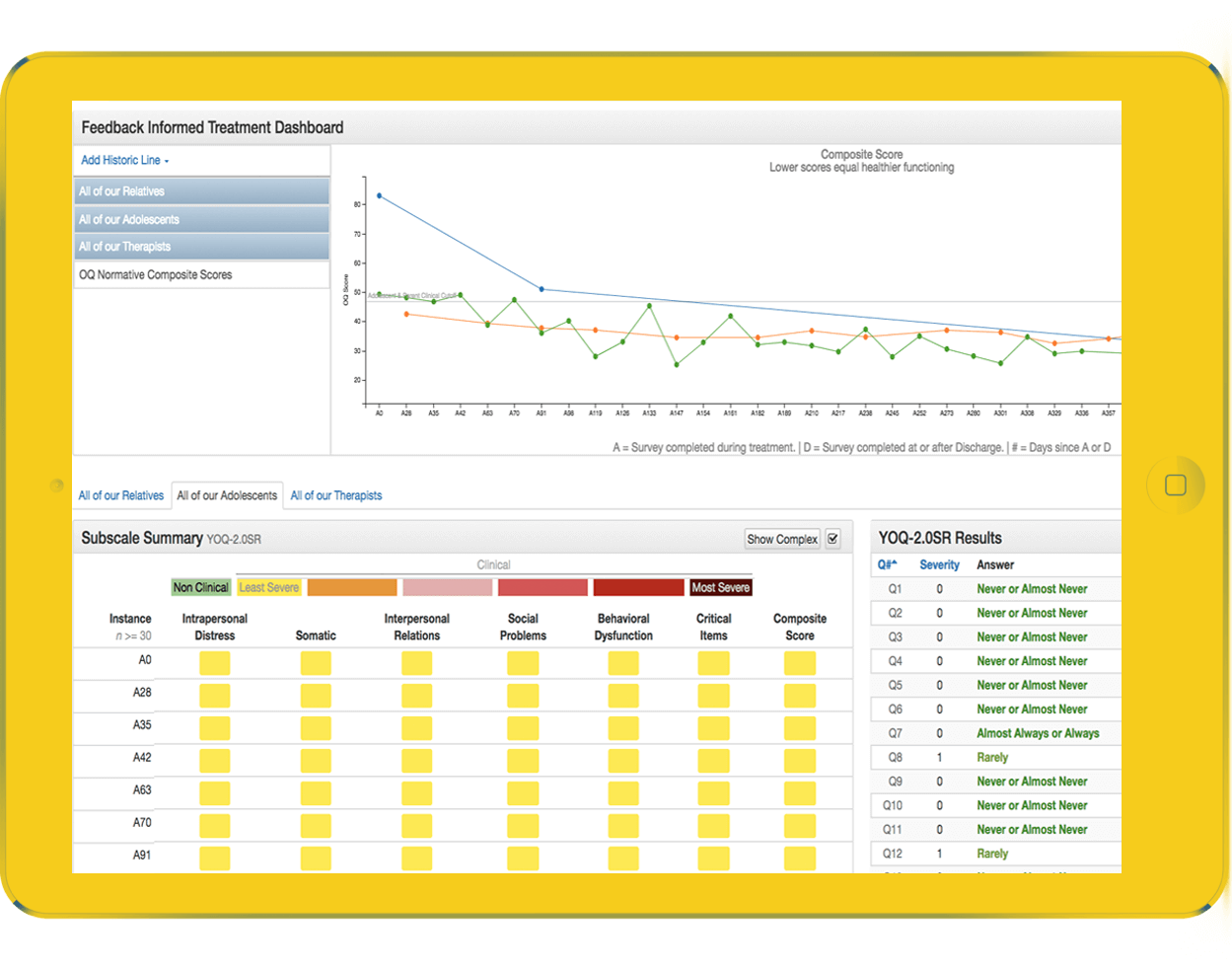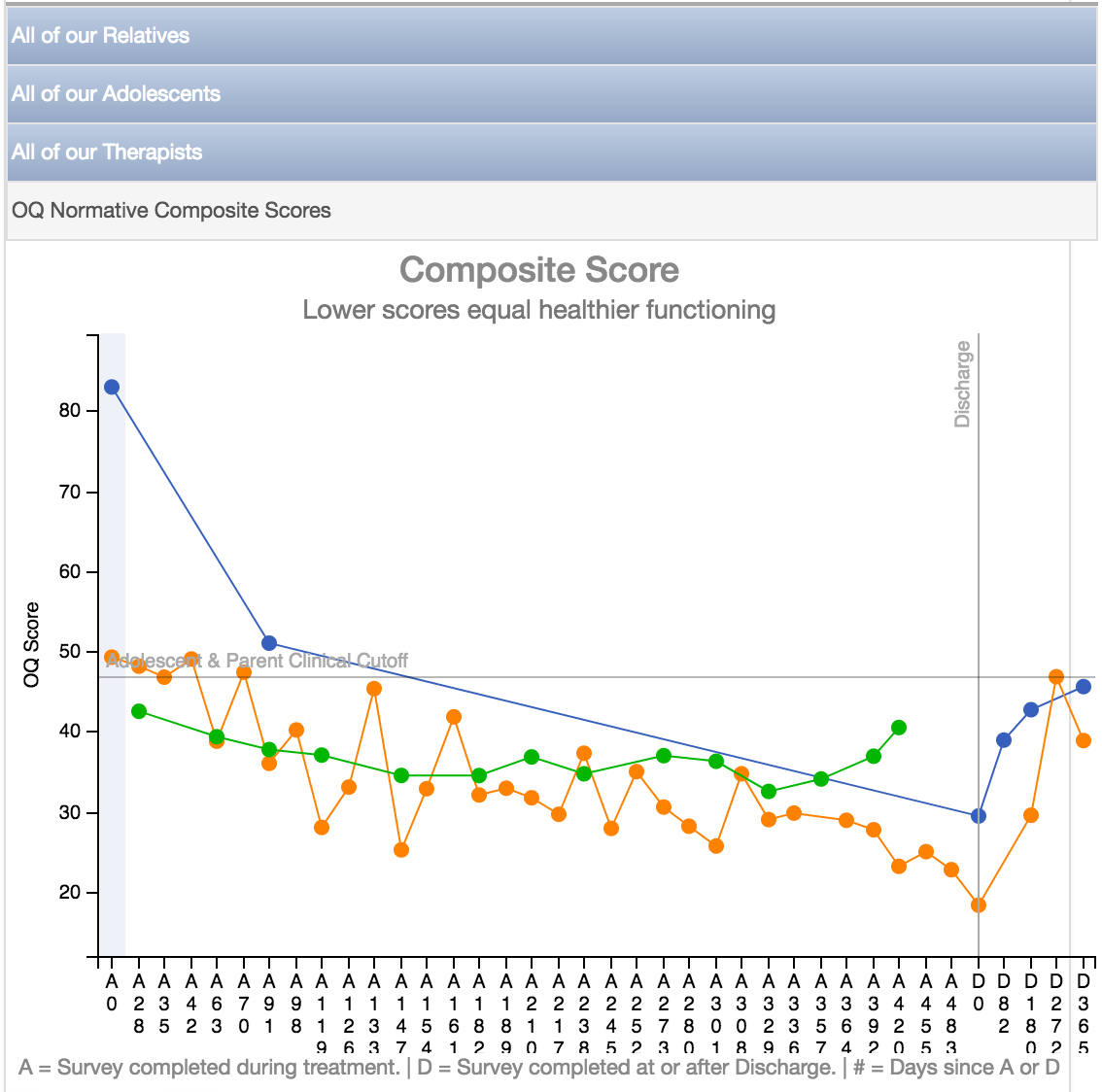Find a good start to understanding what FIT is here:
Read the Article Here or Listen to Recording further down this page:
Be sure to read the Comments to the Article Here
Feedback Informed Treatment
Feedback Informed Treatment
Clients get better, quicker!
Clients get better, quicker!

WHAT IS FEEDBACK INFORMED TREATMENT?
FIT, also known as Routine Progress Monitoring & Client Progress Monitoring is a well-backed strategy for clinicians. Basically, a CLINICIAN AND the CLIENT review the results together. Loads of randomized controlled trials show again and again that this relatively simple system makes big differences in client progress.
There is so much evidence to support these claims that accrediting bodies, like the Joint Commission require that these strategies be applied.
When we got into helping programs collect data, we held, and still hold, client progress monitoring as one of our 2 highest priorities. With our own clinical experience we knew how taxing clinical work could be. With that in mind, we have made super-simple tools that make it incredibly easy for clinicians to pull up client charts & quickly find pertinent information.
We also took the numbers out of view (it’s just a button to get them back) so that clients and clinicians don’t have to do math. They just need to look for color changes.
You can overlay different comparison groups such as parents, therapists or staff perspectives.
We worked with trusted instrument vendor partners such as OQ Measures to ensure that you can choose from the highest quality instruments.
Benefits to Clients
Benefits to Clients
As mentioned above, there is a mountain of data that justifies the use of feedback informed treatment. A simple Google search will yield a long reading list. The most important thing to remember is that doing it HELPS CLIENTS!
We know that if it’s easier to do then more clinicians will do it. That’s why we built our Feedback Informed Treatment dashboard.
Benefits to Programs
Benefits to Programs
IMPLEMENTATION OF A NEW SYSTEM FOR DOING THINGS CAN BE A SIGNIFICANT CHALLENGE.
If you’ve tried to implement a good idea only to have wasted time and money in failure then you are not alone. A new science of implementation is emerging because the following scenario has played out so many times:
-
- Research shows that a certain procedure is effective
- An organization chooses, at the top level, to implement the procedure
- An internal campaign is launched, manuals are written and circulated, trainings are provided
- The energy wanes and years later only a few have made the changes
WE’VE BEEN THROUGH IT AND WE KNOW WHAT TO DO!
We’ll help you think through your objectives, consider your systems, and create an implementation plan. Your Remote Research Director stays with you from the start so we are always there to keep an eye on things and revisit systems if something is amiss.




